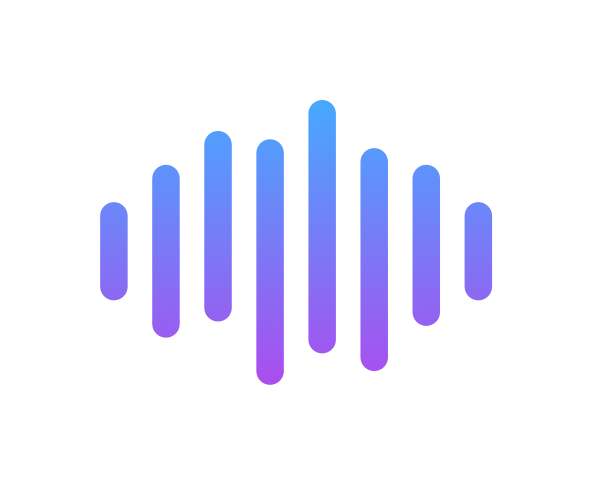Benefits of Using AI for Digital Archives
Read Time 3 mins | Written by: aureka
Heritage institutions around the world are creating massive digital archives to preserve history and culture. But while the amount of data grows, making these archives easily accessible to the public is a challenge. Without good indexing and strong search capabilities, much of this valuable content stays hidden. This is where AI comes in to help. With AI, archives can be better organized and easier to search, giving people greater access to the knowledge stored within them.
AI-Powered Metadata Creation
One of the most time-consuming tasks for digital archives is creating metadata. As the compact information that describes what each file—whether it’s a text, audio, video, or image—contains, metadata makes searching through these archives possible. Traditionally, metadata creation requires someone with specialized knowledge to go through each piece and manually add descriptions, keywords, and categories. But nowadays often heritage institutions and indexers do not have enough time to go through the large amounts of data held in archives and libraries.
According to the Society of Indexers, AI and human indexing complement each other well. While AI can automate the heavy lifting of identifying keywords and generating metadata, human input remains crucial for refining and curating that data, ensuring its quality and relevance for users.
AI can transform the way metadata is created. With AI-powered indexing, metadata can be generated automatically, saving time and resources. aureka’s indexing system takes this a step further by allowing institutions to process large volumes of text and assign descriptive terms from standardized vocabularies or without any constraints.
In a nutshell, aureka’s system operates through three key steps:
- Semantic Representation: First, it creates a mathematical representation of the semantic meaning for both the terms in the vocabulary and the text fragments to be indexed. This allows the system to understand the underlying meaning of words and phrases.
- Term Retrieval: Next, the system retrieves the vocabulary terms that most closely match the semantic representation of the text fragments. This enables it to find the most relevant keywords, even if the exact terms don’t appear in the text.
- Contextual Ranking: Finally, it ranks the retrieved terms based on their relevance to the entire document, a specific collection, or even an entire archive. The top-ranked terms can be used as document-level metadata, while more specific fragment-based terms remain available for deeper exploration, allowing users to engage with the content on a granular level.
While specialized knowledge is still needed to define which vocabularies to use and to refine the metadata, AI can handle most of the heavy lifting. This means that experts can be in charge of supervising what the AI does rather than doing the whole work manually.
With AI’s help, digital archiving becomes more scalable, freeing up resources while ensuring that cultural and historical materials are well-categorized and easy to find.
AI-Powered Search
Exploring a digital archive should be simple, but with so much content, finding the right piece of information can feel like searching for a needle in a haystack. Some users want to browse and filter the archive using metadata to explore connections between different items. Others come with specific questions and need concrete answers.
AI-powered search allows both types of users to find what they need, but in a more meaningful way. Instead of relying on keywords, users can search for the actual meaning of their query. This means they don’t need to know the exact phrasing used in the content. With AI, users can ask their questions either in an academic or everyday language—across multiple languages—and retrieve relevant documents from the archive.
This advanced search technology, known as retrieval-augmented generation (RAG), works by first retrieving the most relevant documents based on the user's query. Then, it uses AI to extract the most relevant information from those documents and write a textual response to the user’s query.
This kind of AI-driven archival solution makes archives more dynamic and user-friendly. It allows people to interact with collections in new ways, whether they are researchers, journalists, or members of the public curious about the archive’s content.
Conclusion: Unlocking the Full Potential of Digital Archives
The task of making digital archives accessible is no small feat. However, AI is revolutionizing how institutions handle metadata creation and search functions. By automating the creation of metadata and enhancing search capabilities, AI is helping heritage institutions overcome the challenges of managing massive digital archives.
AI-powered indexing not only saves time but also ensures that archives are well-organized and easier to explore. With AI-enhanced records management and AI-powered search, users can interact with archives more intuitively, whether they are browsing or searching for specific information.
By integrating AI, heritage institutions are not just preserving history; they are also making it more accessible and engaging for future generations.
Get in Touch
Find Out How AI Can Help Your Organisation

aureka
aureka's Team
